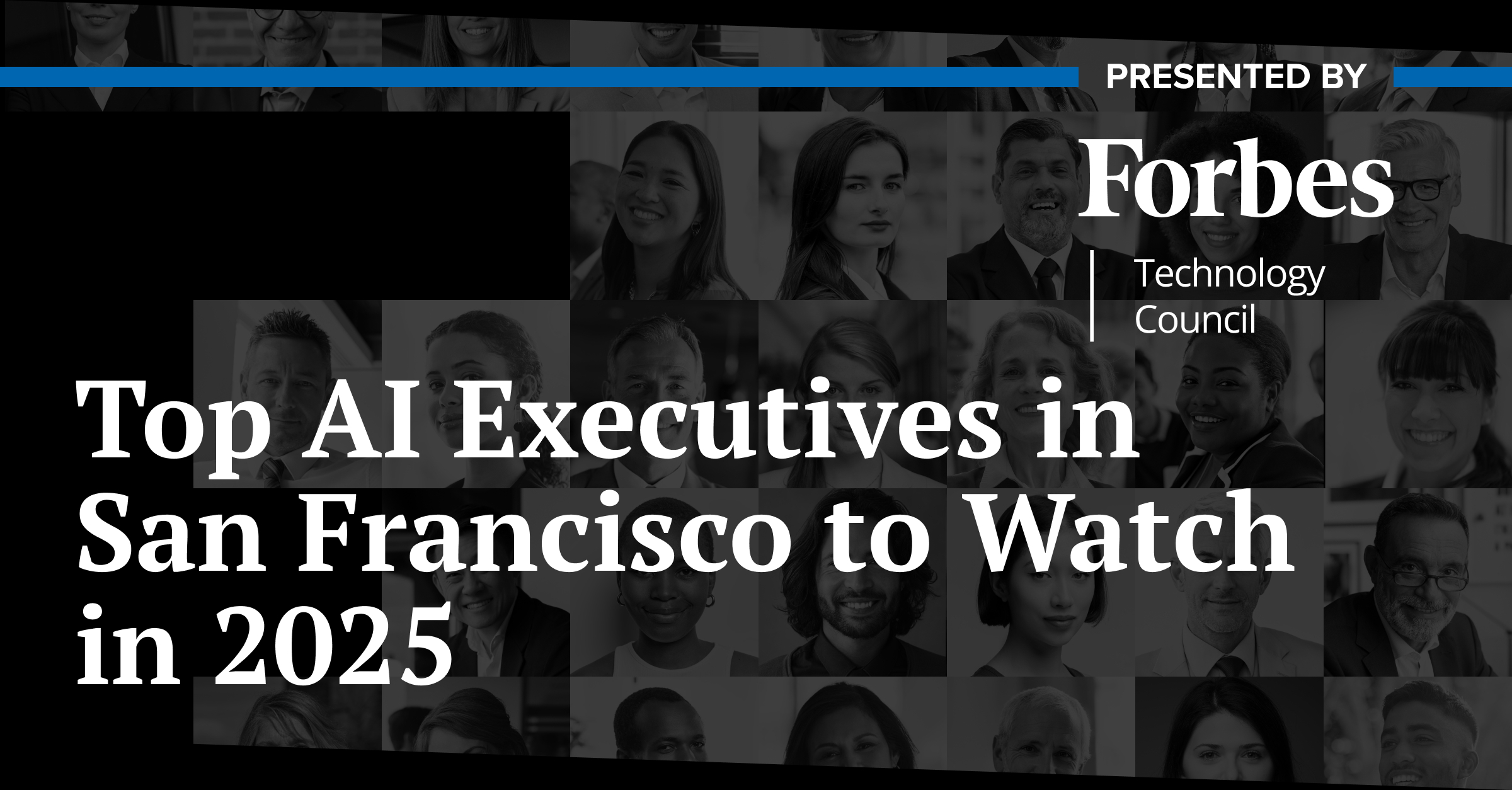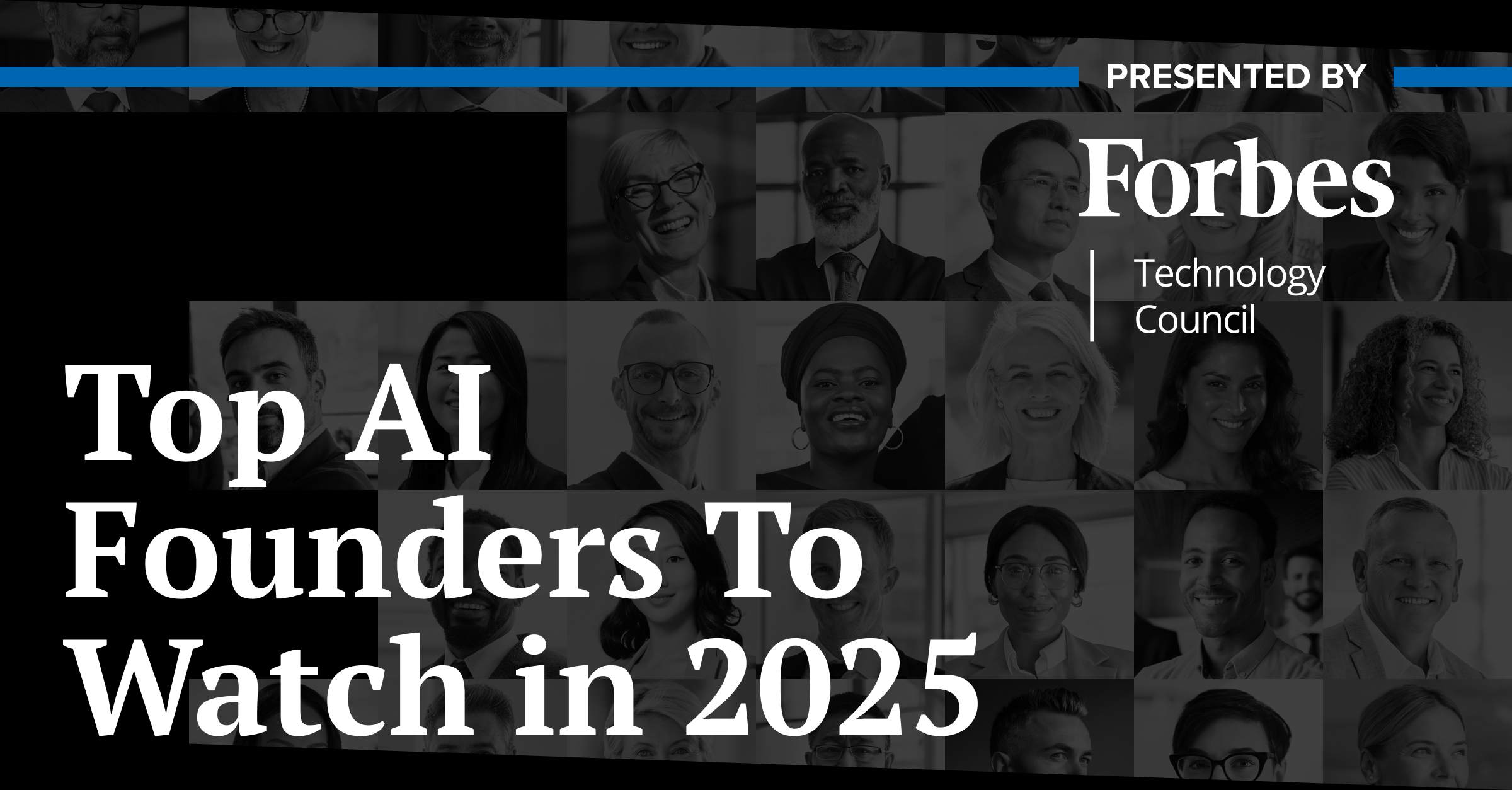Identifying and developing strategic recruiting initiatives to meet diversity, equity, and inclusion (DEI) goals can be a big challenge for DEI leaders and talent acquisition teams.
How do you attract and recruit the diverse populations your company is looking to expand? Experts say one of the most valuable tools you have in your arsenal is employees who are able to authentically engage with candidates from those diverse populations. Hearing about an organization’s inclusive culture from employees who are similar to them can drive a candidate to take the next steps toward interviewing and accepting an offer.
This is why employee resource groups (ERGs) offer a distinct advantage for your recruiting strategy. “[They] can be included and involved in the hunt for talent,” explains Jennifer Brown, a workplace diversity consultant. “It’s a very powerful enabler of finding candidates from all kinds of different identity and community groups.”
Here are five ways you can work with your ERGs to reach your recruiting goals.
1. Talk with your ERGs to gain insights.
Before developing and executing a recruitment strategy with your talent acquisition team to reach a particular population, talk to your ERG members of that population to understand the obstacles that they face as professionals. “These are specific demographics in most cases,” explains Derek Thomas, national partner-in-charge of university talent acquisition at accounting advisory firm KPMG. “They all have a shared experience based on their backgrounds and their cultures.”
Thomas explains that recruiting leaders in KPMG’s ERGs — which the company refers to as business resource groups (BRGs) — regularly engage in organic conversations with fellow members, which sometimes lead to changes in their hiring process. “As an example, we were able to hone our recruiting and interviewing practices for neurodiverse individuals,” he says. Based on feedback, they adjusted the types of questions asked and became more flexible with the interview format and environment to fit individual needs, such as conducting interviews virtually instead of in person.
Hiring managers at broadcasting company Hearst Television have similarly gained recruitment insights from organic conversations among ERG members. Yasmine Osborn, director of diversity and inclusion, explains how the company’s ERG program has influenced recruiting despite being relatively new — it launched about a year and a half ago and includes six ERGs, each sponsored by senior-level employees who help lead the initiative.
For instance, she shares, “One group wanted to do a webinar, talking about the lack of AAPI males in the broadcast industry, why that might be, and how we can recruit.” Osborn and her team facilitated a guest speaker on the topic, which helped to educate not only ERG members but also the talent acquisition team and hiring managers.
In other cases, Hearst Television uses surveys and focus groups with set questions so that they can better understand a particular population within their workforce. Osborn says they’ve asked the Women at Hearst Television ERG questions like, “How can we recruit women? How can we retain women? What’s it like working here as a woman? What are things that we can put in place to break barriers here, to break the glass ceiling?”
2. Leverage the networks of your ERG members — and compensate them accordingly.
The members of your ERGs may be active in alumni and professional organizations and regularly able to connect with potential job recruits. If they share job openings with their networks, they can serve as the initial point of contact for interested candidates who can tell them about what it’s like to work at your company.
Keep in mind, when incorporating this strategy, Brown suggests fairly compensating your ERG leaders for their time and effort in strengthening diversity and inclusion at your company and for their participation in recruiting and other initiatives. Their baseline compensation should include “internal and external recognition, professional development access, funding for conference participation, management coaching opportunities, and formal mentorship,” she says.
For added incentive to help recruit diverse candidates, you can also offer referral bonuses, which can be structured in various ways. For example, an ERG member could receive $1,000 to $10,000, depending on the seniority of the role, for each candidate they bring in from that identity group. Brown says bonuses can also be given for reaching various stages in the recruitment and retention process, including a completed interview, a successful hire, and a specified retention timeframe such as six months.
3. Involve ERG members in job fairs and on-campus recruiting events.
Thomas has been leading KPMG’s effort to add to the number of historically Black colleges and universities (HBCUs) that it partners with for recruiting efforts, which contributed to a 40% increase in hires from HBCUs in 2021. This focus is largely driven by the company’s Accelerate 2025 goal, established in 2020, of a 50% increase in Black and Latinx employee representation by 2025. So far, Black employee representation has risen from 6.1% in 2020 to 7% in 2022; Latinx employee representation has risen from 7.1% to 8.1% in the same time frame.
In addition to event sponsorships and scholarships, a critical element in many of these partnerships is on-campus events, which allow Thomas and his team to connect directly with students. To increase the value of these opportunities, the company’s ERG members are encouraged to get involved. By having current employees present at job fairs and participating in panel discussions, students are able to learn what a typical day is like at KPMG in the employees’ particular roles.
“It gives the students the opportunity to interact with our professionals to learn more about the type of activities they may [be] involved in from a work perspective and what their career path may look like,” he explains. Further, many students today want to see that an organization shares their values. By speaking with current employees, Thomas says, “they can really get a good perspective of what our culture is truly about and see the value that we have to offer.”
4. Ask ERG members to mentor upcoming talent.
If your ERG members are interested in mentorship, consider connecting them with your company’s interns, fellows, or even candidates going through the interview process who are looking to learn more about the opportunities they’ll have with the company and the culture they’ll be a part of.
The Embark Scholars program is a paid internship at KPMG for high-performing students of color in their first or second years of college. Interns are able to engage in the company’s ERGs, which each have a “board of directors” made up of four or more employees, often with at least one person who went through the Embark Scholars program. Weekly meetings are complemented by individual one-on-ones to provide students with mentorship, help them work toward goals, and become more familiar with the company culture.
The relationship between interns and members of their board of directors doesn’t end when the program ends, either. “Once they leave and go back to school, people can actually stay in touch,” Thomas says. As students finish their education, they have mentors they can return to for career guidance. And when they’re ready for full-time employment, Thomas says many come back to KPMG.
At Hearst Television, all interns and fellows are given a presentation on the company’s ERGs and are encouraged to join one during their program. Osborn says it’s a way for the company to show upcoming talent the culture it has to offer, in hopes that they’ll return when they’re looking for their first job. In fact, last summer was the first cohort of interns to participate in Hearst Television’s ERGs, and the company brought on about 75% of the seniors for full-time positions.
5. Promote your ERGs in the interview process.
Don’t wait until onboarding. A low-lift opportunity for your talent acquisition team and hiring managers is to share information about your company’s ERGs during the interview process. At that stage, you should encourage them to tell candidates what ERGs you have, how many employees are involved, and give some examples of past or upcoming events.
Seeing that your company has initiatives to support inclusivity is critical to today’s job seekers. In 2022, Gallup reported that having a diverse and inclusive organization ranked toward the top of the list of things professionals want at the next company they work for, with 42% of respondents acknowledging it as an important factor.
Indeed, Osborn says that promoting ERGs during the interview process tends to help candidates “feel a sense of belonging right away, get a community immediately.”
This step communicates ERGs as a company priority and shows the intentional effort to create an environment that lifts up the voices of your employees, especially individuals from underrepresented and marginalized communities. As Brown notes, “If [candidates] know that this kind of group exists, it signals that, A) there’s a community for me to land in, and B) this community exists and is supported and formally sponsored by the company.”






